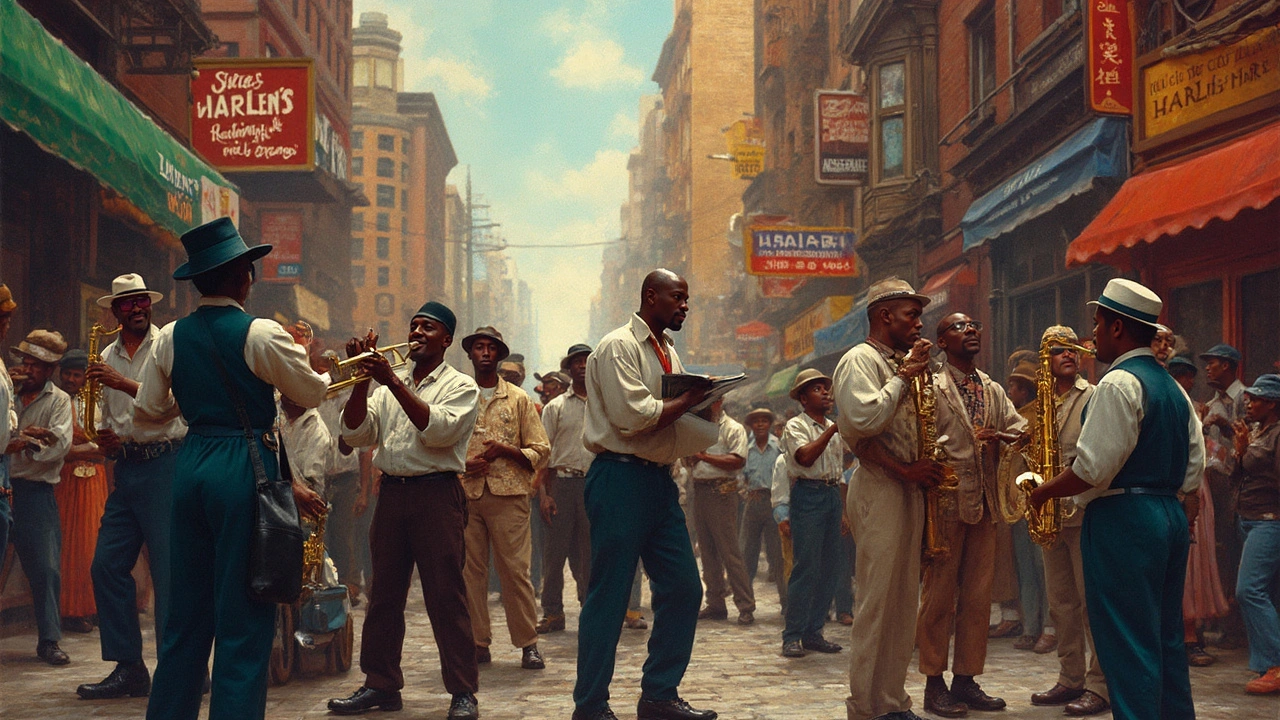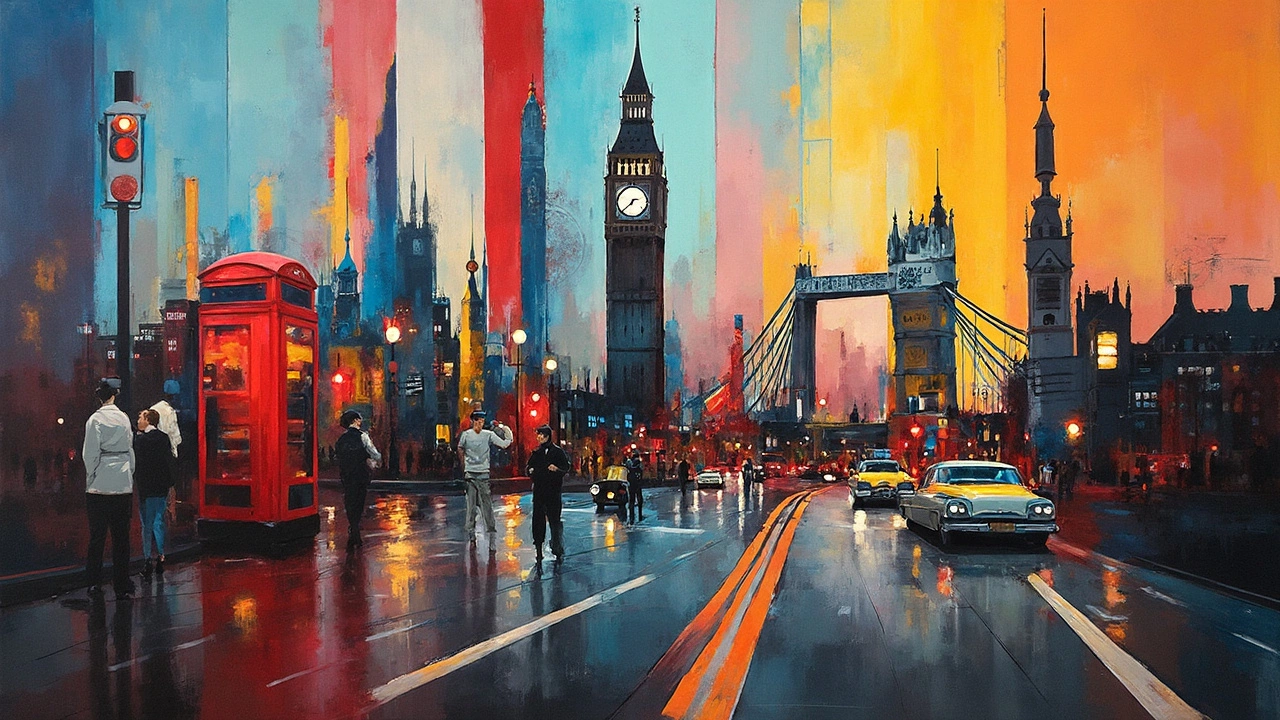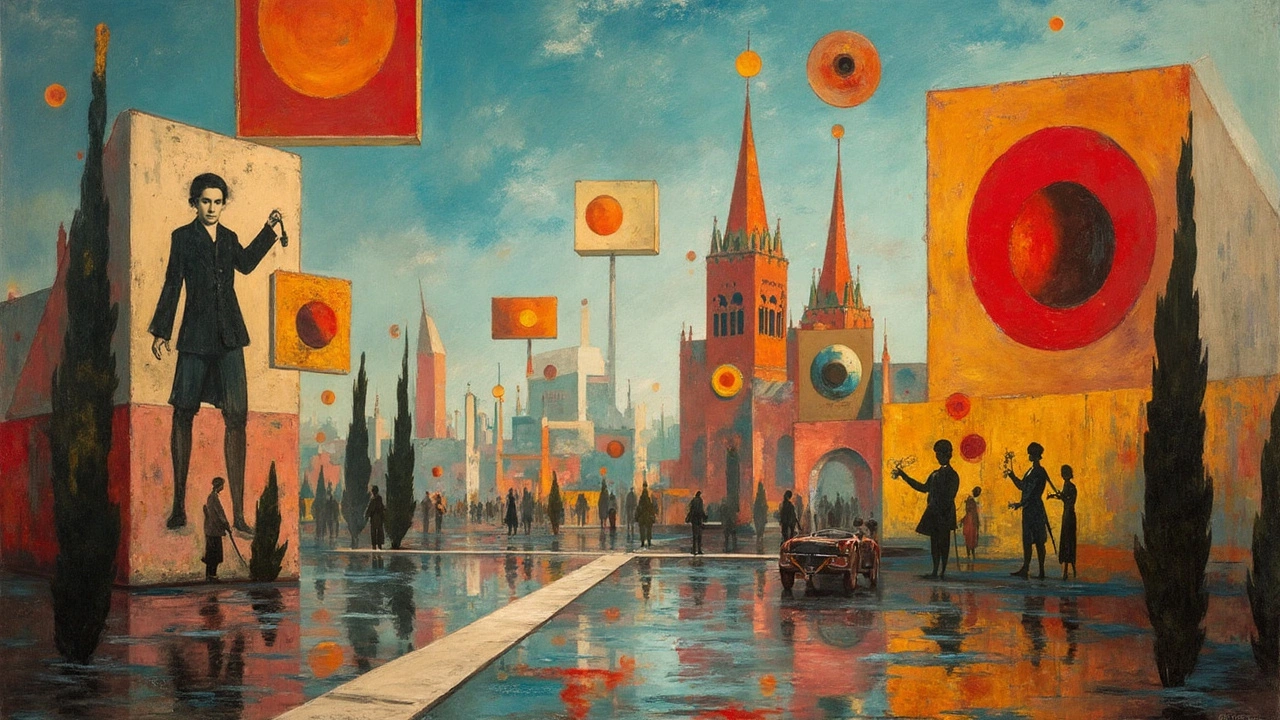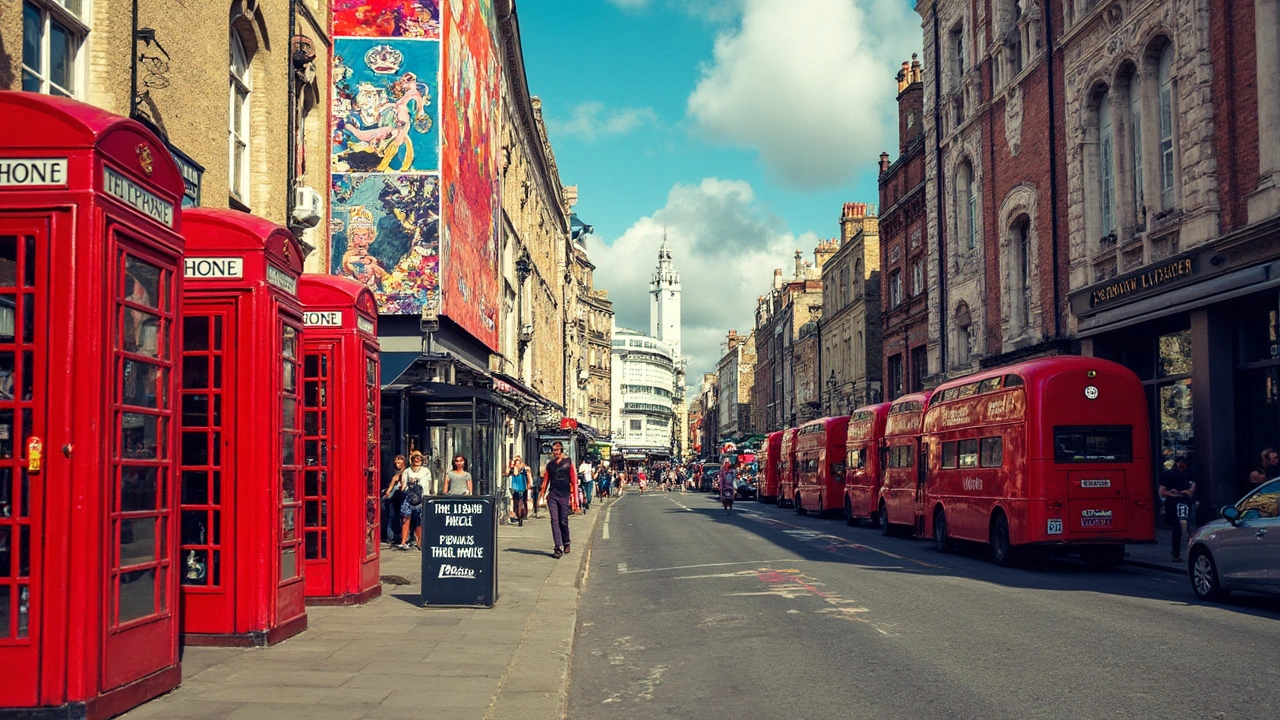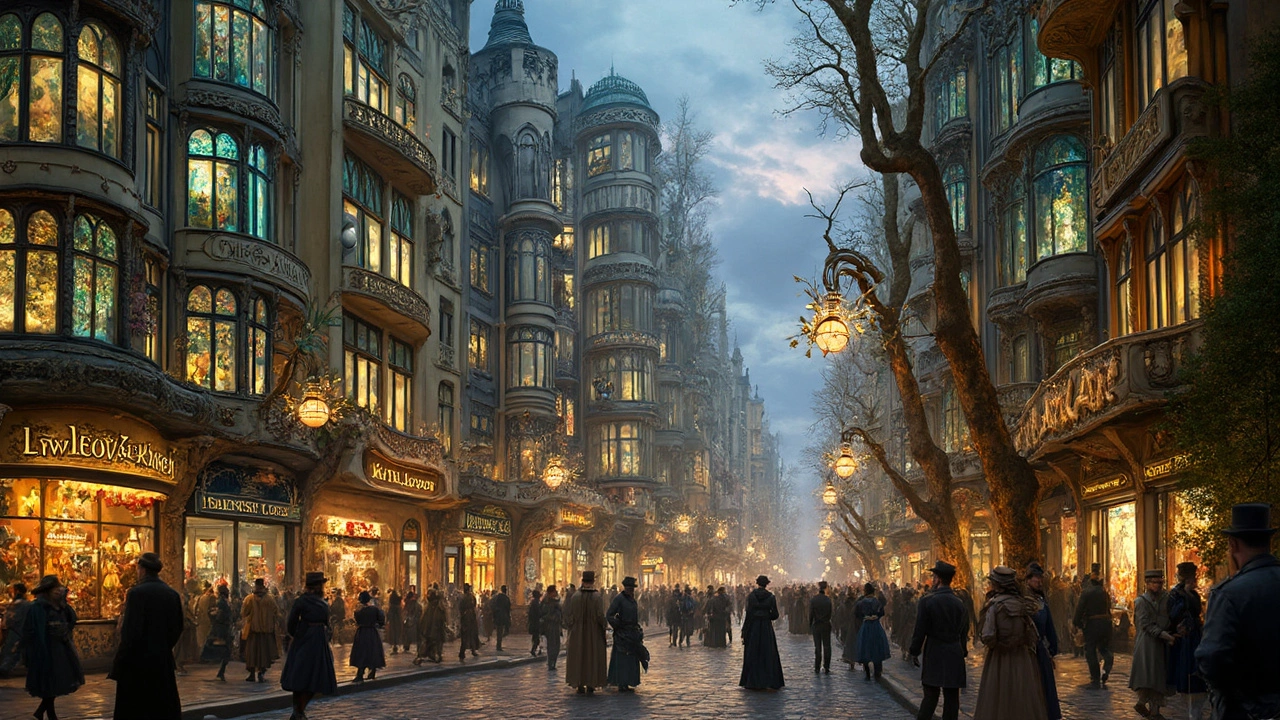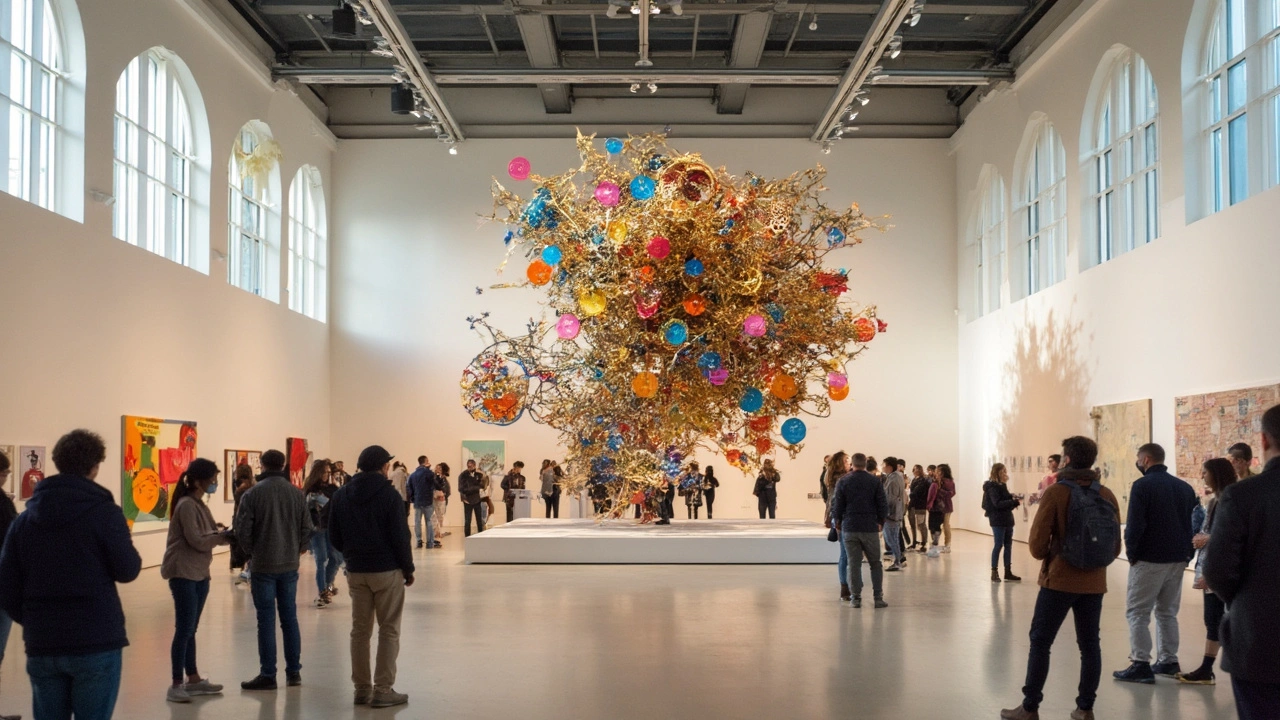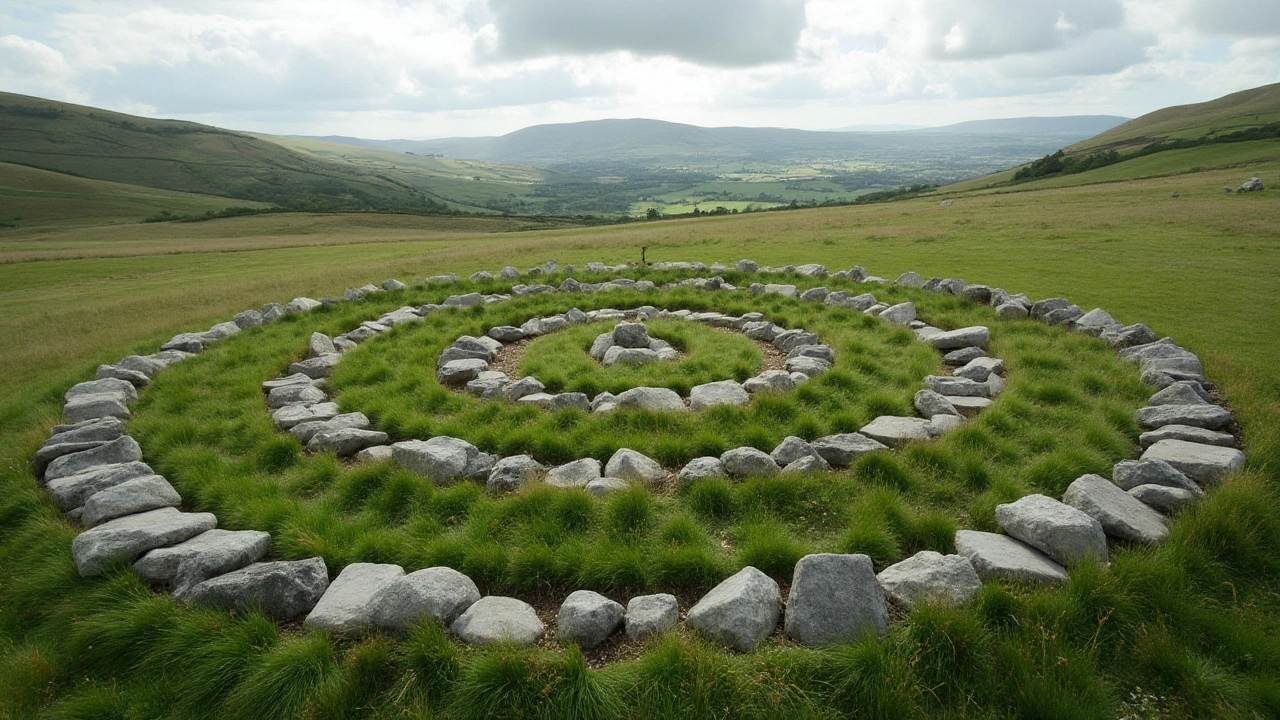February 2025 — Art movements and key artists
Want a fast, useful guide to what Paul Artistry published in February 2025? This month’s archive gathers eight focused pieces that trace important shifts in visual art—from early 20th-century experiments to mid-century pop culture and large-scale land projects. Each article explains a movement, names key figures, and points you toward works you can look up right now.
The posts include: a clear rundown of the Harlem Renaissance and ten figures who shaped it; a practical primer on Cubism and why Picasso and Braque matter; a timeline of Suprematism that highlights its major moments; a bright tour of Pop Art through Warhol and Lichtenstein; an accessible history of Art Nouveau’s forms and where to spot them; an intro to kinetic art and how movement changes meaning; a look at Futurism’s influence on design today; and a guide to Land Art that shows how artists use the landscape as canvas.
Highlights from the month
Harlem Renaissance: the article ties specific artists and writers to cultural shifts, making it easy to follow who did what and why it still matters.
Cubism and Suprematism: both pieces compare how breaking perspective or reducing shapes changed how artists thought about form and space.
Pop Art and Art Nouveau: one is about mass culture and bold imagery, the other about flowing lines and craft—reading both helps you spot contrasts across eras.
Kinetic, Futurism, Land Art: these pieces connect movement, technology, and environment to show how art keeps responding to how we live and build.
How to use these articles
Pick one movement that grabs you and start with its article. If you like imagery and color, try Pop Art; if you prefer ideas about space, read Cubism and Suprematism next. Follow the artworks named in each piece—search images, visit online museum pages, or pin them to a reference board so you can compare styles side by side.
Want a short project? Choose one artist mentioned, find three of their works, and note how form, color, or motion repeats or changes. For hands-on practice, recreate a small study of a Cubist composition or sketch a flowing Art Nouveau pattern from a photo. For ideas that need scale, look up Land Art photos to see how context and site alter meaning.
If you’re researching or writing, these articles work as quick citations: they summarize dates, key players, and hallmark pieces in plain language. Bookmark the ones you’ll reread and use the links inside each post to go deeper.
Want recommendations tailored to your interests? Hit the archive page, pick a post, and leave a comment or message. I read them and can point you to museum collections, short books, or videos that match what you already like.

